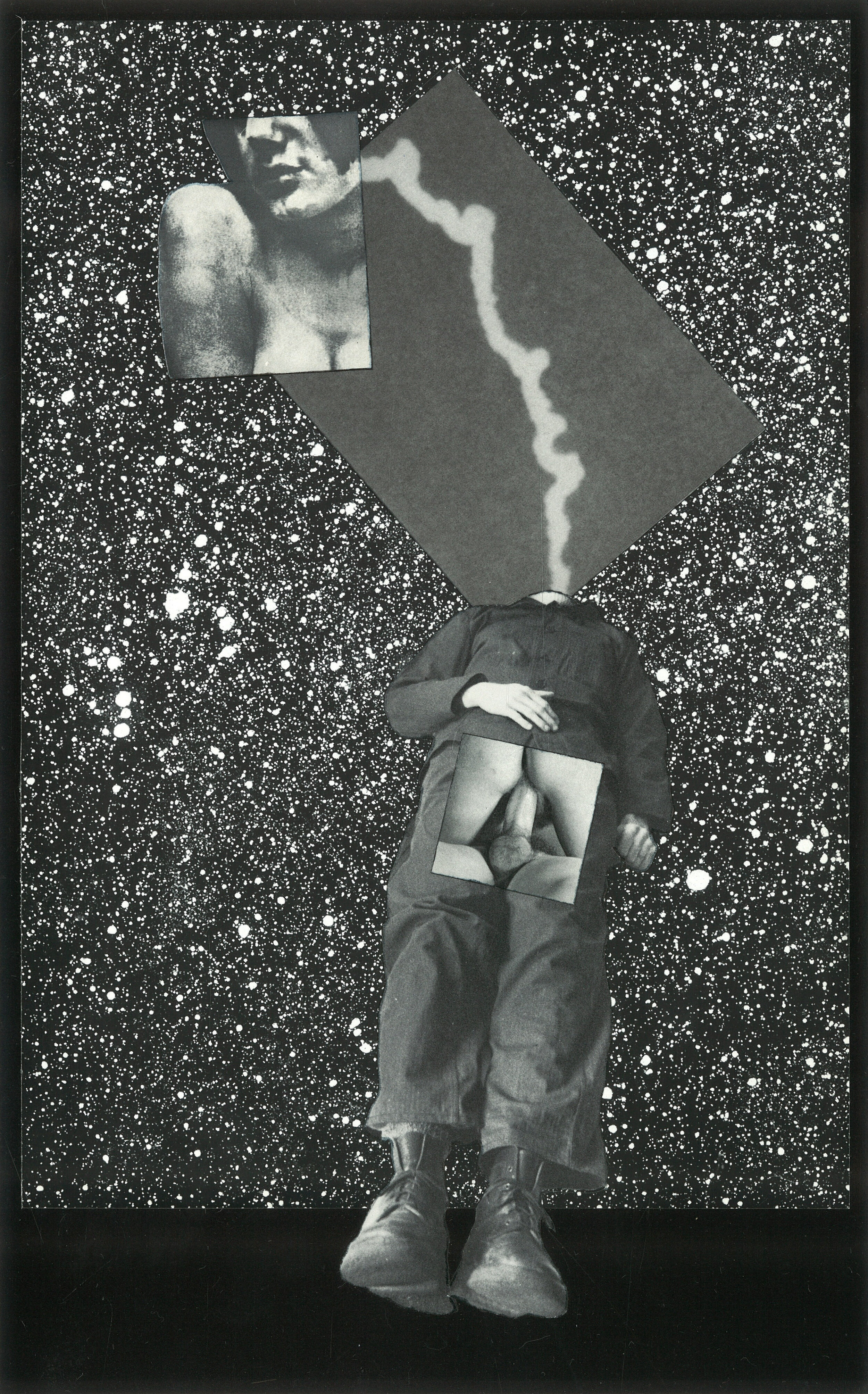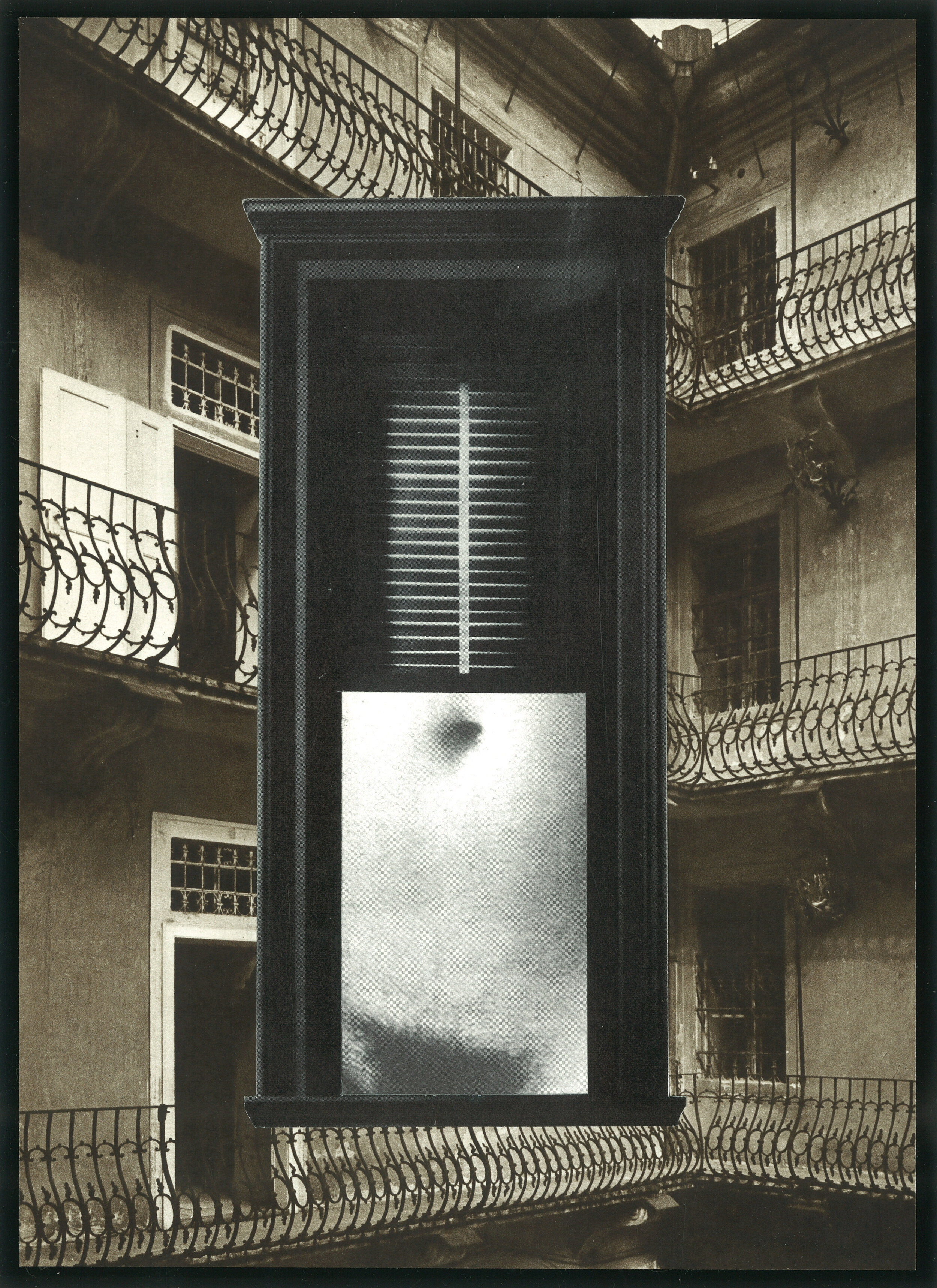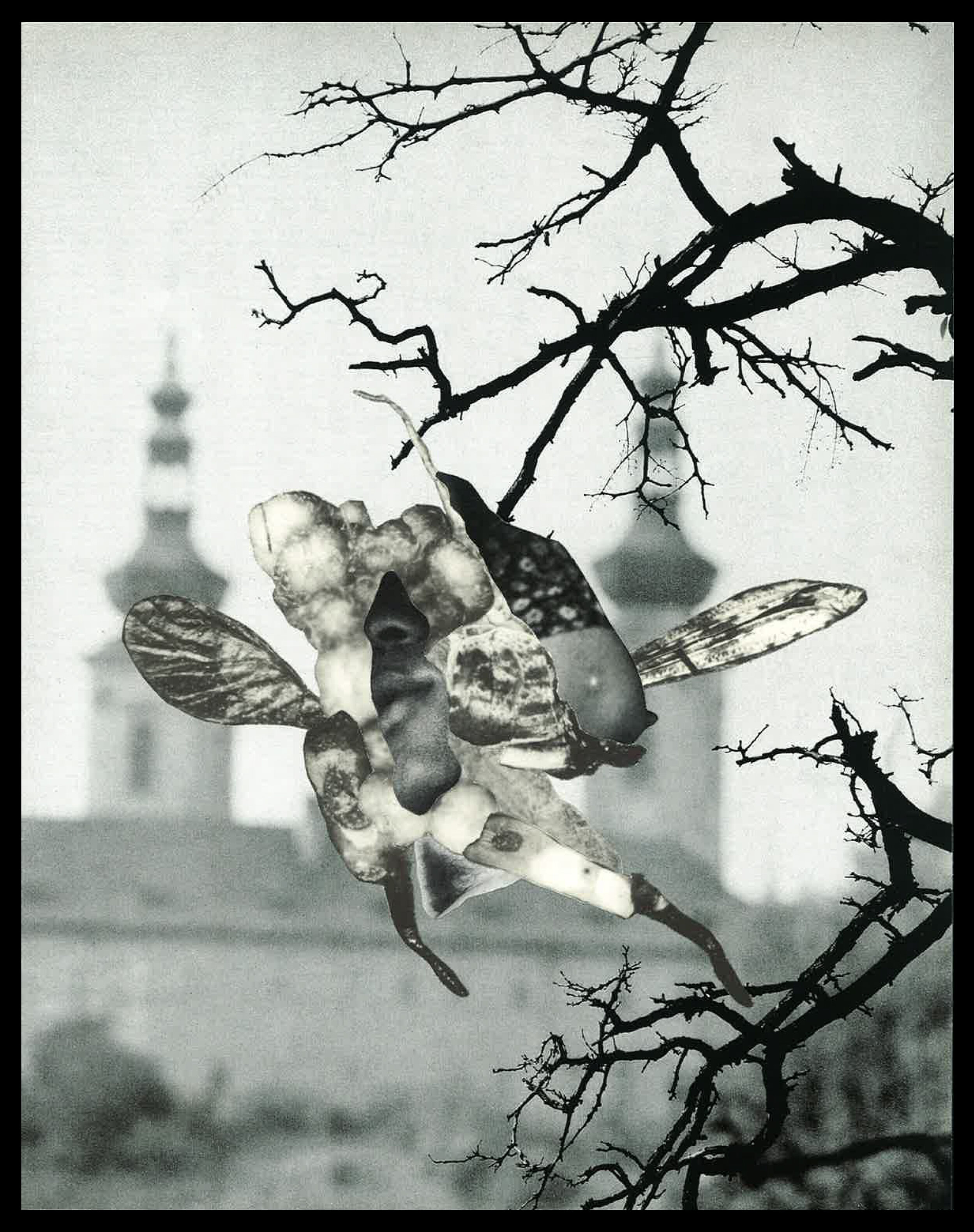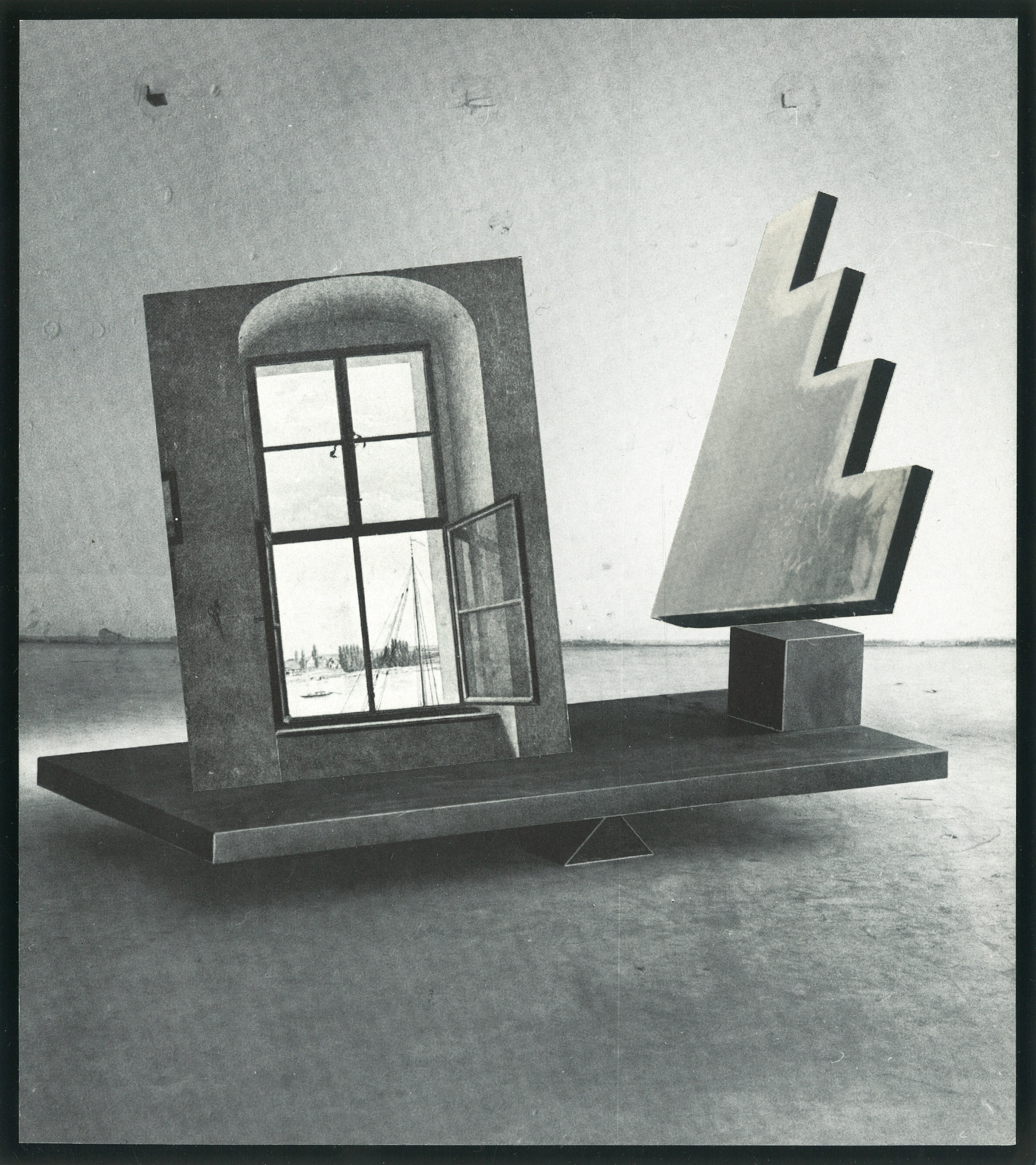The series Surrealist Escapades has its origins in the history of Czech avant-garde art, which has been attacked from all sides since its very beginning, sometimes as too revolutionary, sometimes as too bourgeois. Ostracized and boycotted under the National Socialist "Protectorate of Bohemia and Moravia", persecuted and later put under pressure to death by the local "Stalinochrats". These artists were loyal hearts of the revolution, they wanted to crown life and unite their revolutionary and political convictions with poetry, art and play in a new life for a new individual. Their well-groomed internationality, the constant exchange with the artists of the avant-garde movements of Modernism all over Europe and far beyond, did not guaranteed them a safe environment at home. The iron fist of the CP of the CŠŠR isolated them as dangerous agents of the counter-revolution and there was nothing left for these artists but to deal with their own thoughts and artistic and theoretical projects alone. Only post from France was allowed: The Surrealists. That should be enough for Karel Teige to create hundreds of surrealistic collages from them during the last years of his life. These were posthumously published by supporters of the former "Artists' Association Devětsil", founded in Prague in1920, and artists of the surrealist group in the magazine “Zodiac”. Karel Teige died on October 1st, of a heart attack, three days before a police house search, during which large quantities of his manuscripts disappeared. Immediately after his death, two women with whom Karel Teige had a close relationship committed suicide: Jožka Nevařilová and Eva Ebertová. The aim of the "escapades" intends to follow their feelings and experiences, using similar visual materials, where possible. Out of it developed an ever deeper human closeness regarding to thair faith, while the careful image analysis during the work process made it possible to trace back the inspiration sources of these artists. After longer studies about Czech surrealism, the surrealist group, their contacts, friendships and influences at the time, the work of artists such as Hans Bellmer, Max Ernst, Magritte and Matisse, as well as references to George Hugnet and others, emerged.























